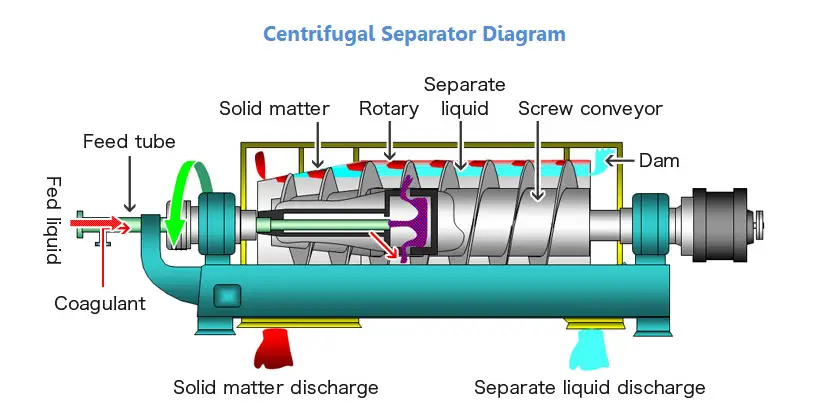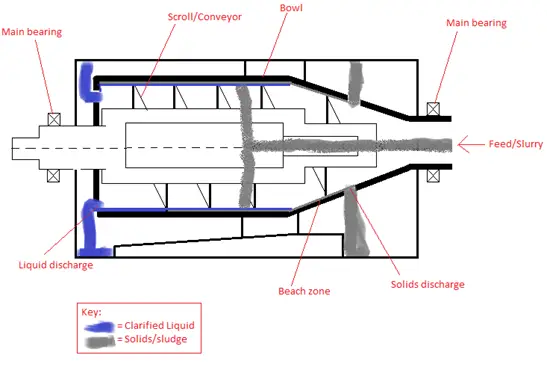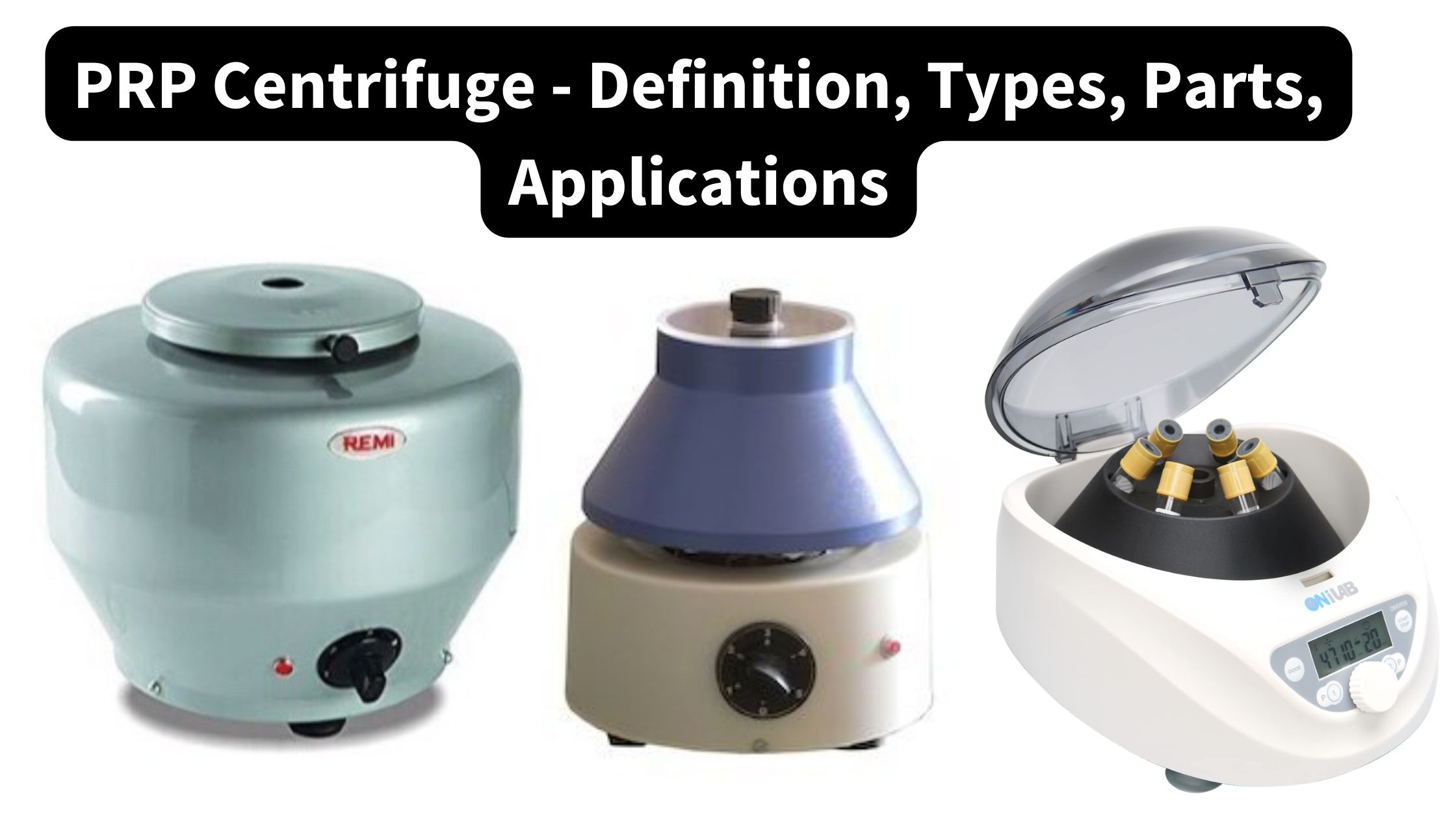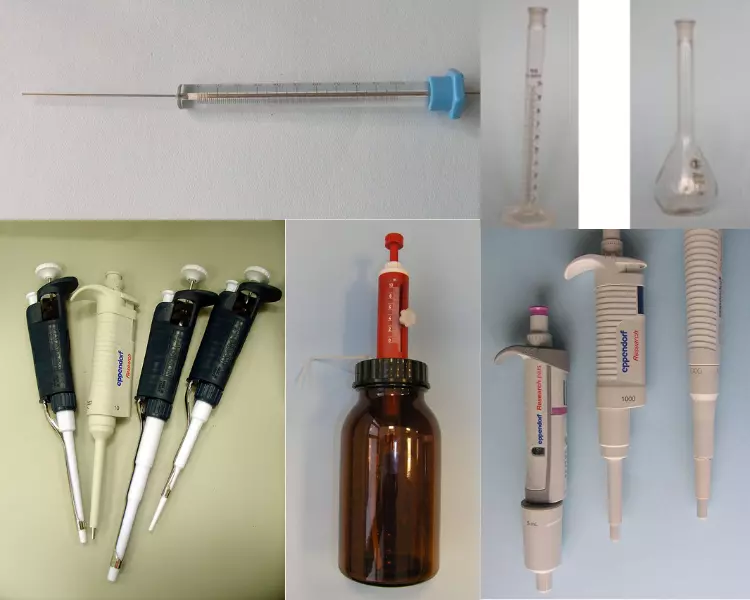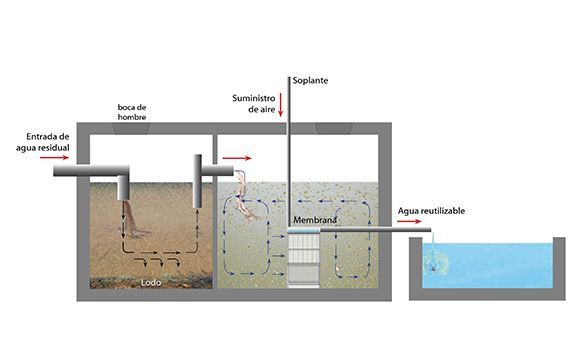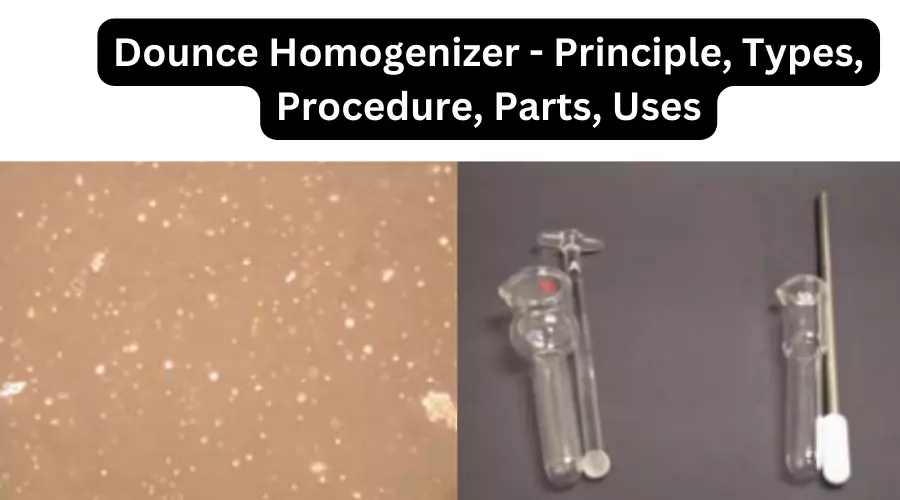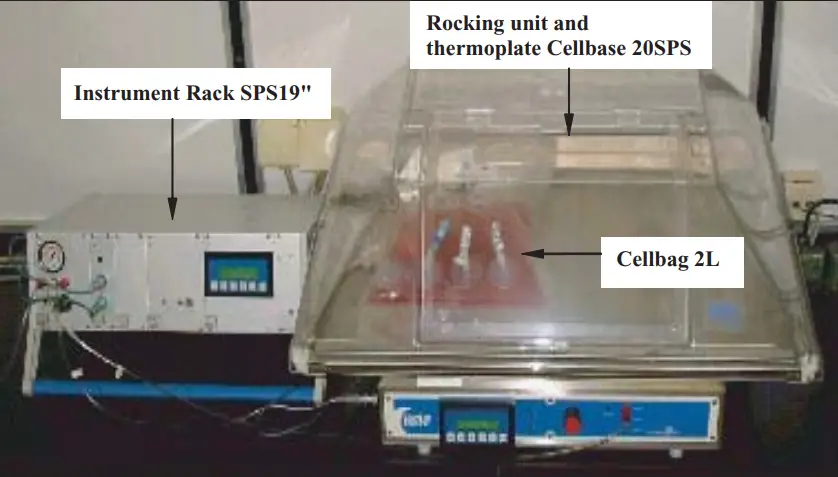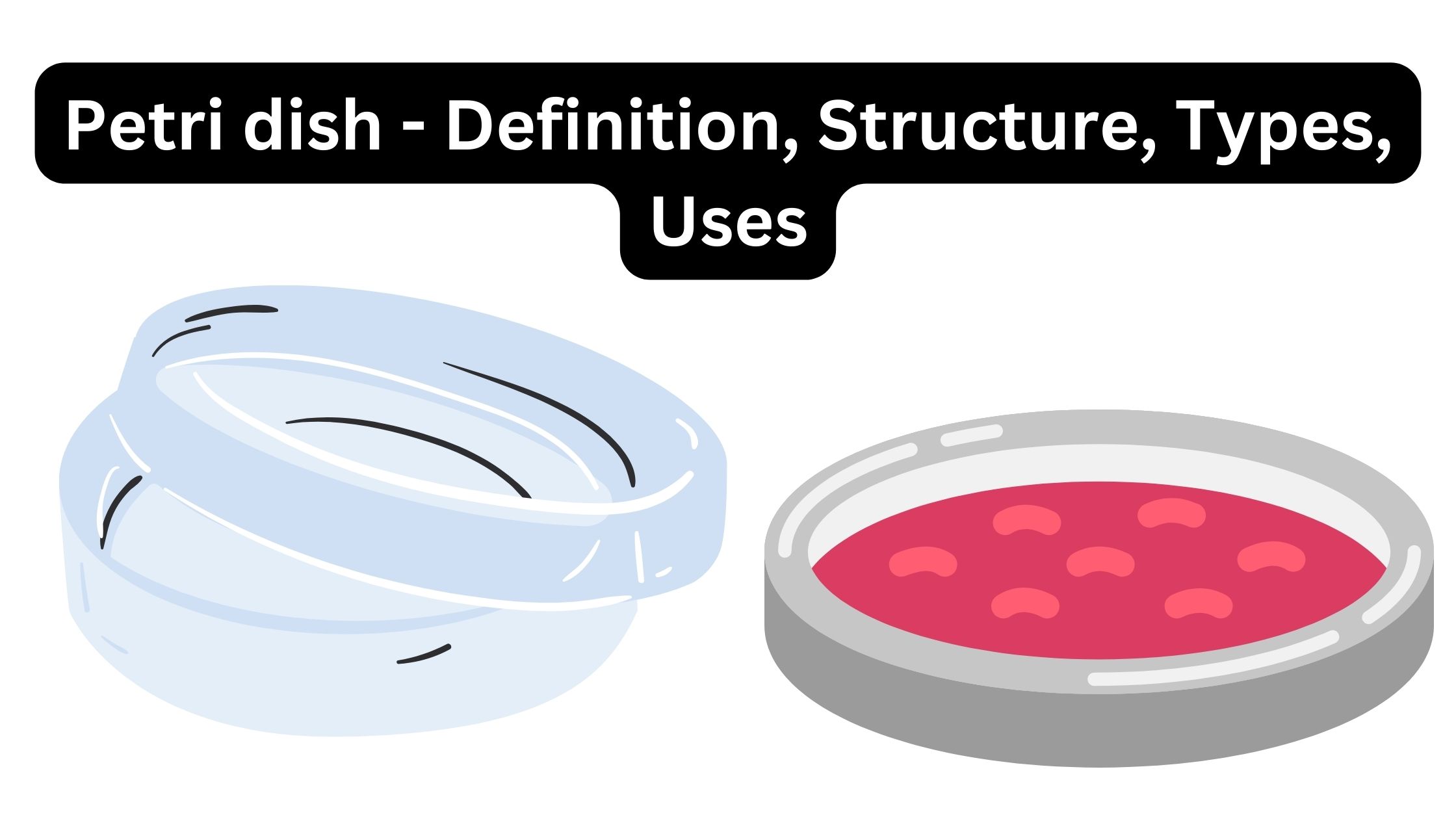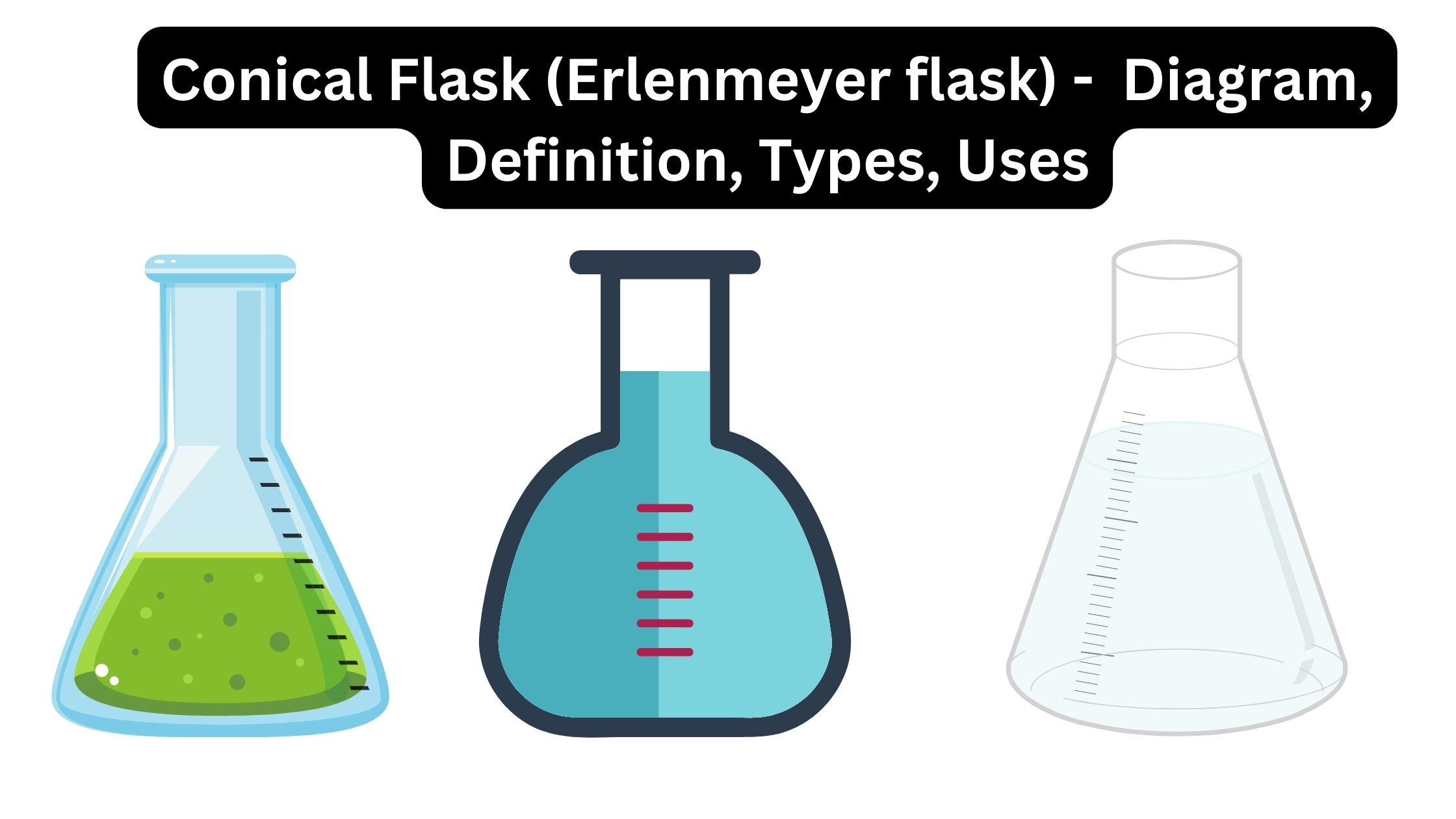Centrifugal Separators – Working Principle, Parts, Types, Uses
What is Centrifugal Separators? Working Principle of Centrifugal Separator What Can a Centrifugal Separator Separate? Instrumentation/Parts of Centrifugal Separators Centrifugal separators have these major parts: Types of Centrifugal Separators Operating Procedure of Centrifugal Separators Uses of Centrifugal Separator Advantages of Centrifugal Separators Limitations of Centrifugal Separators Areas of Application of Centrifugal Separators Tips to Improve … Read more
